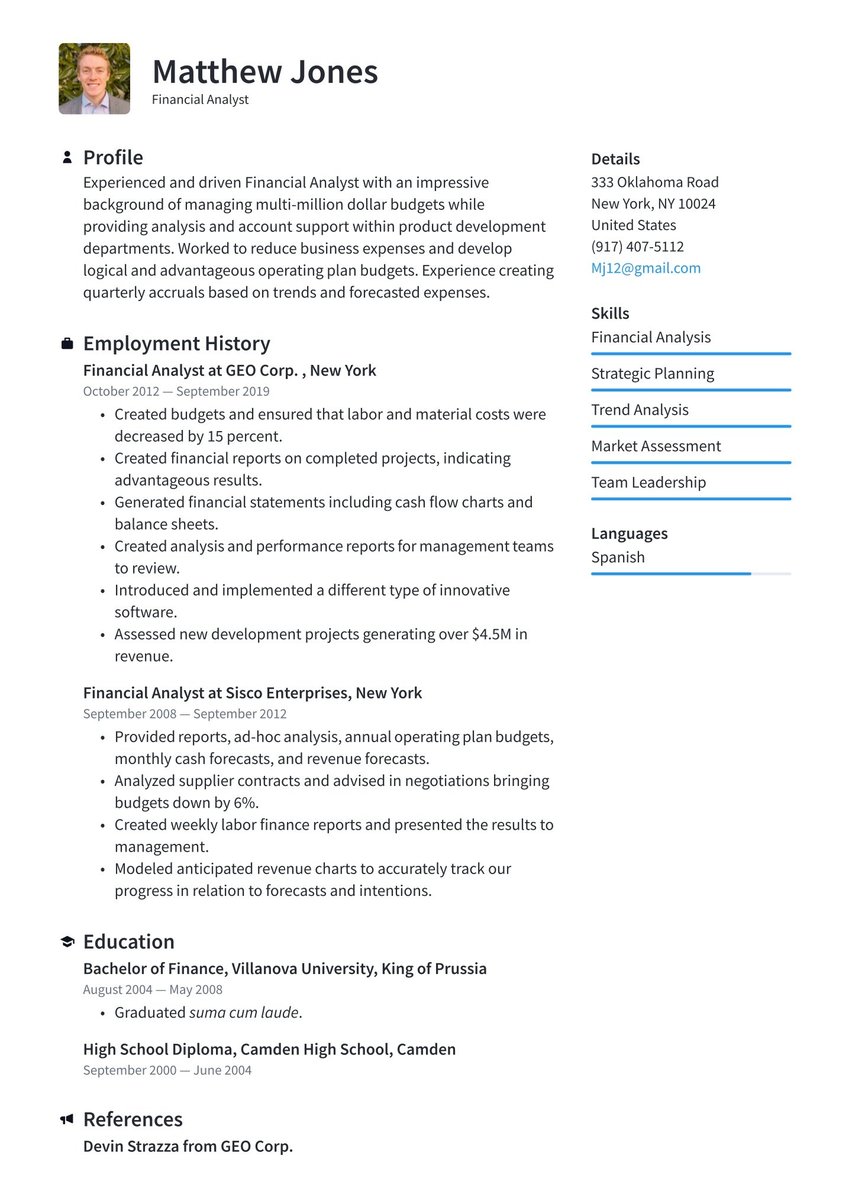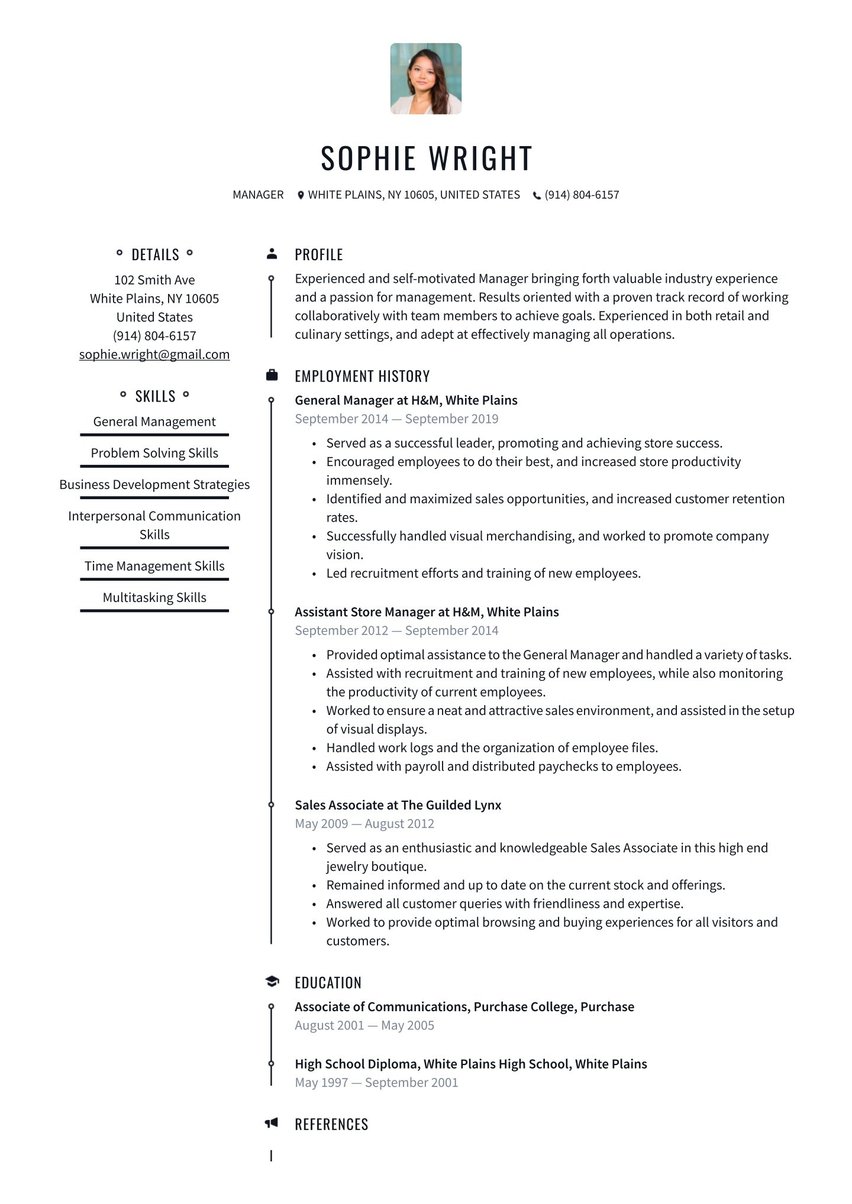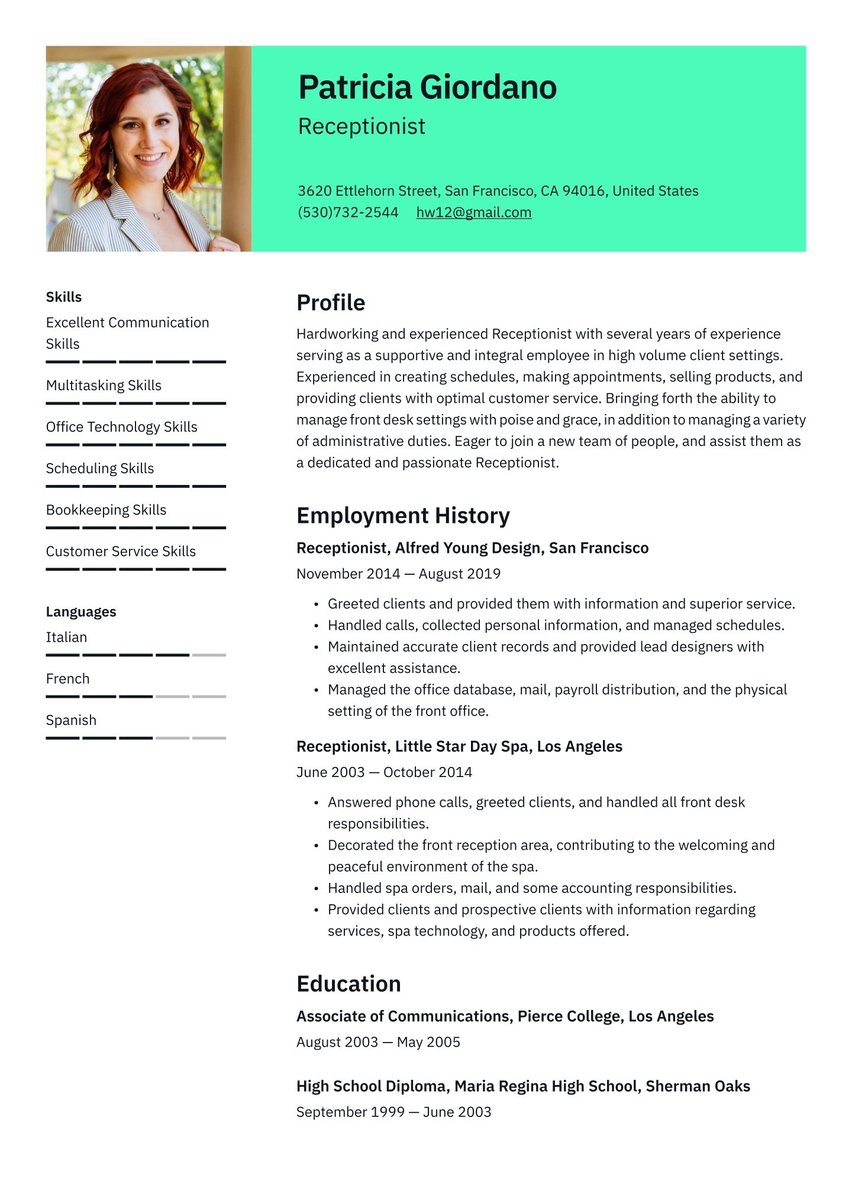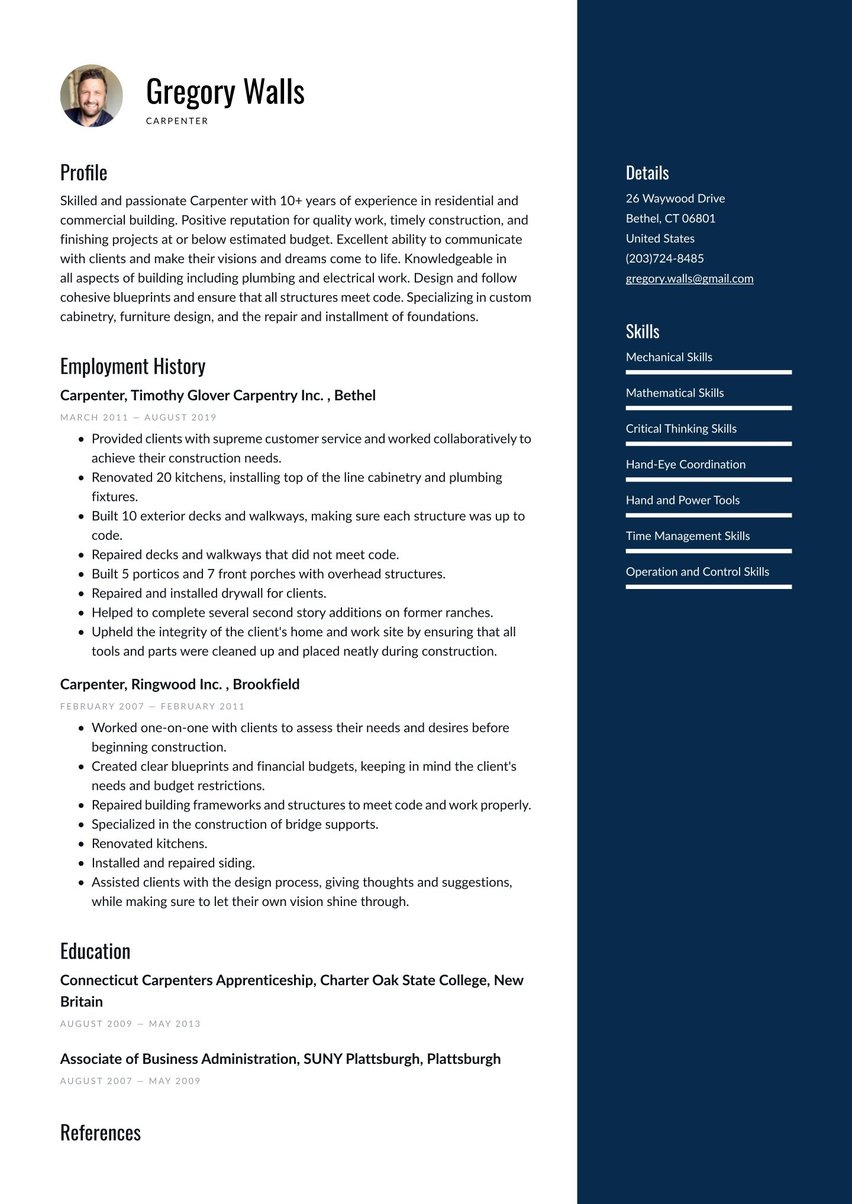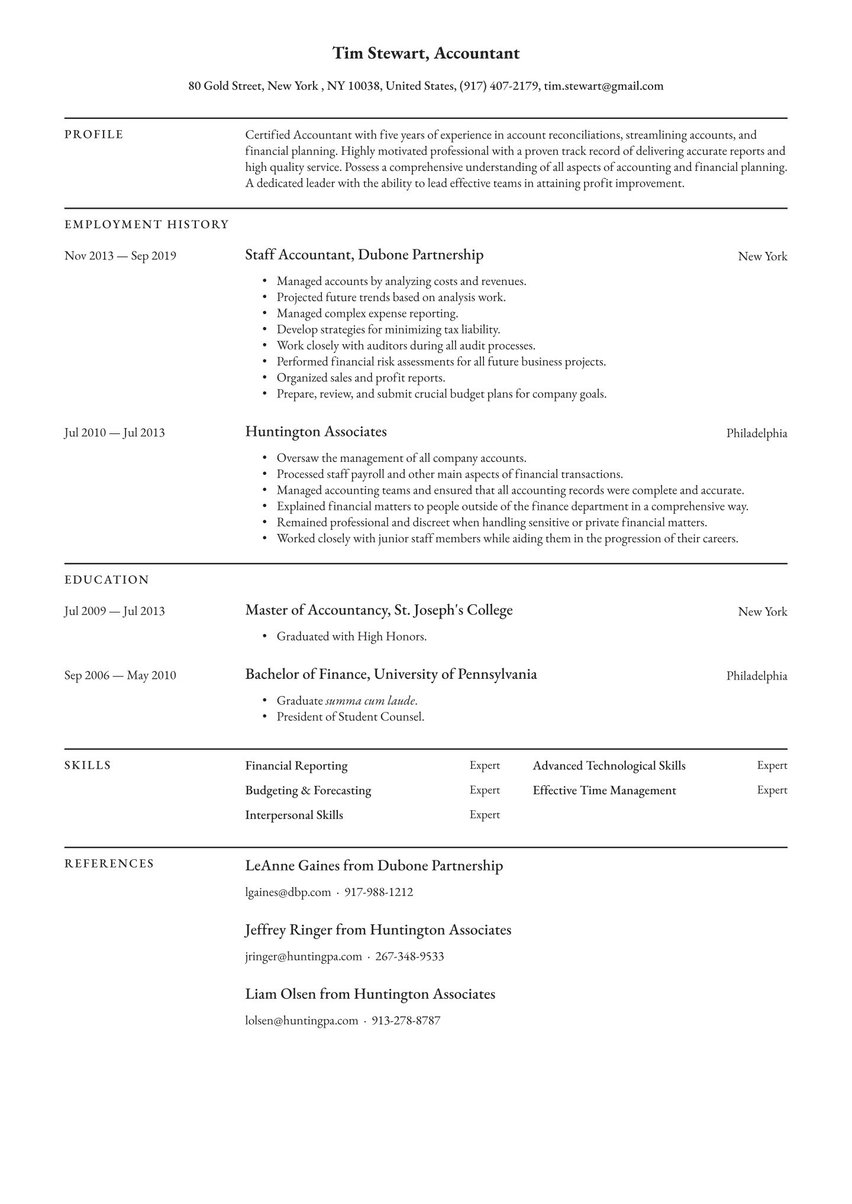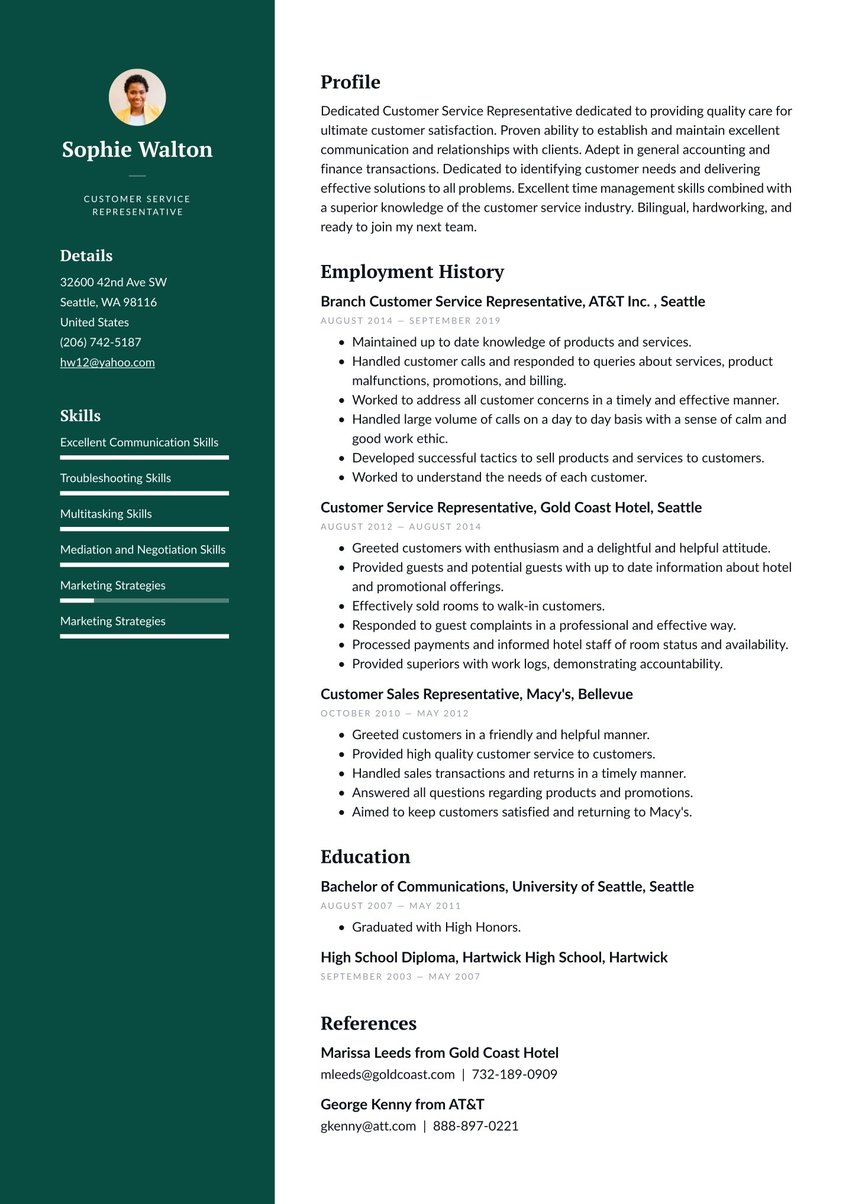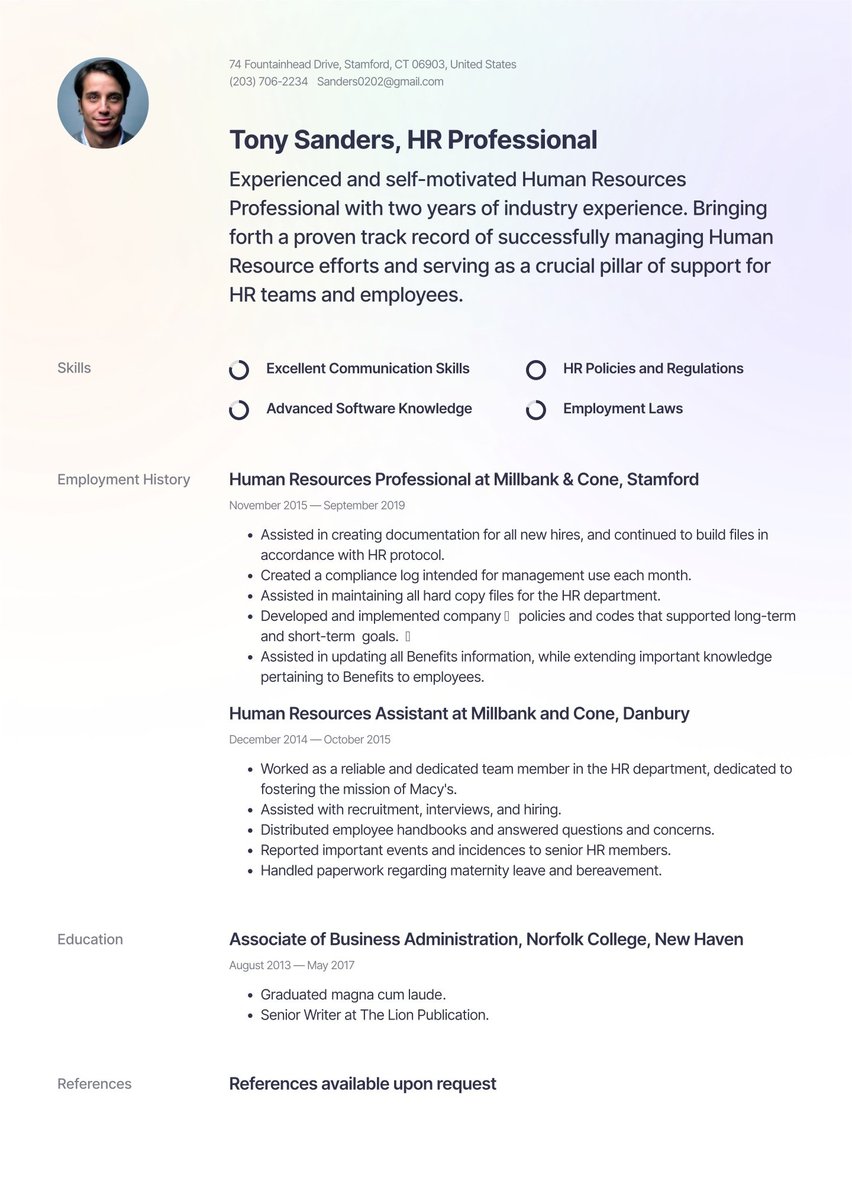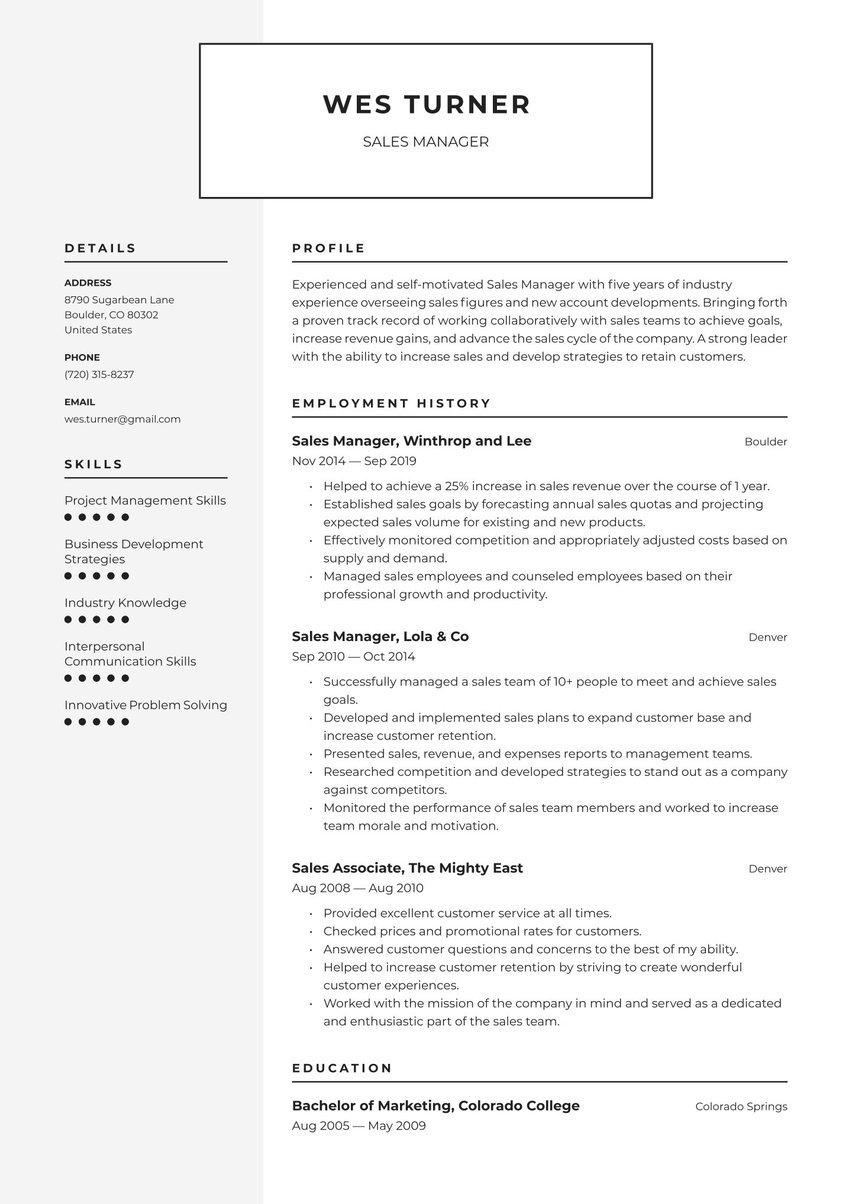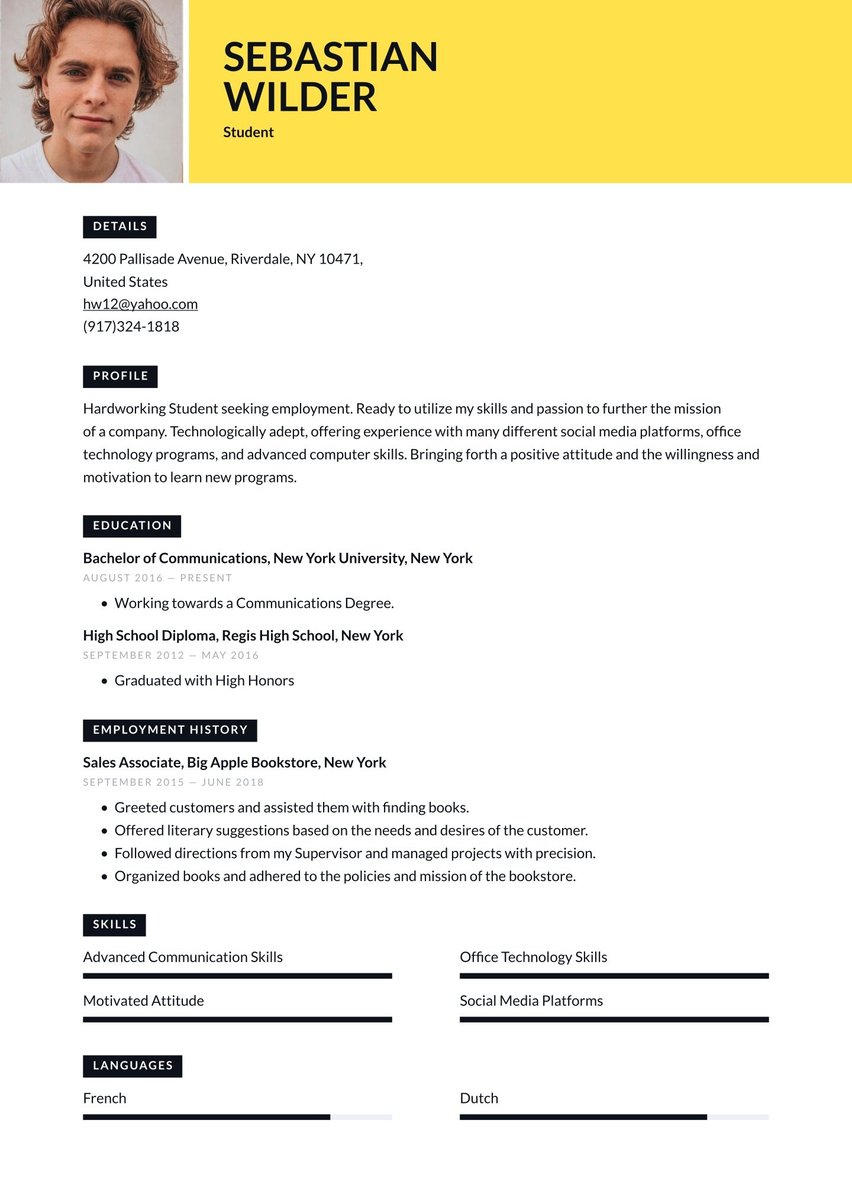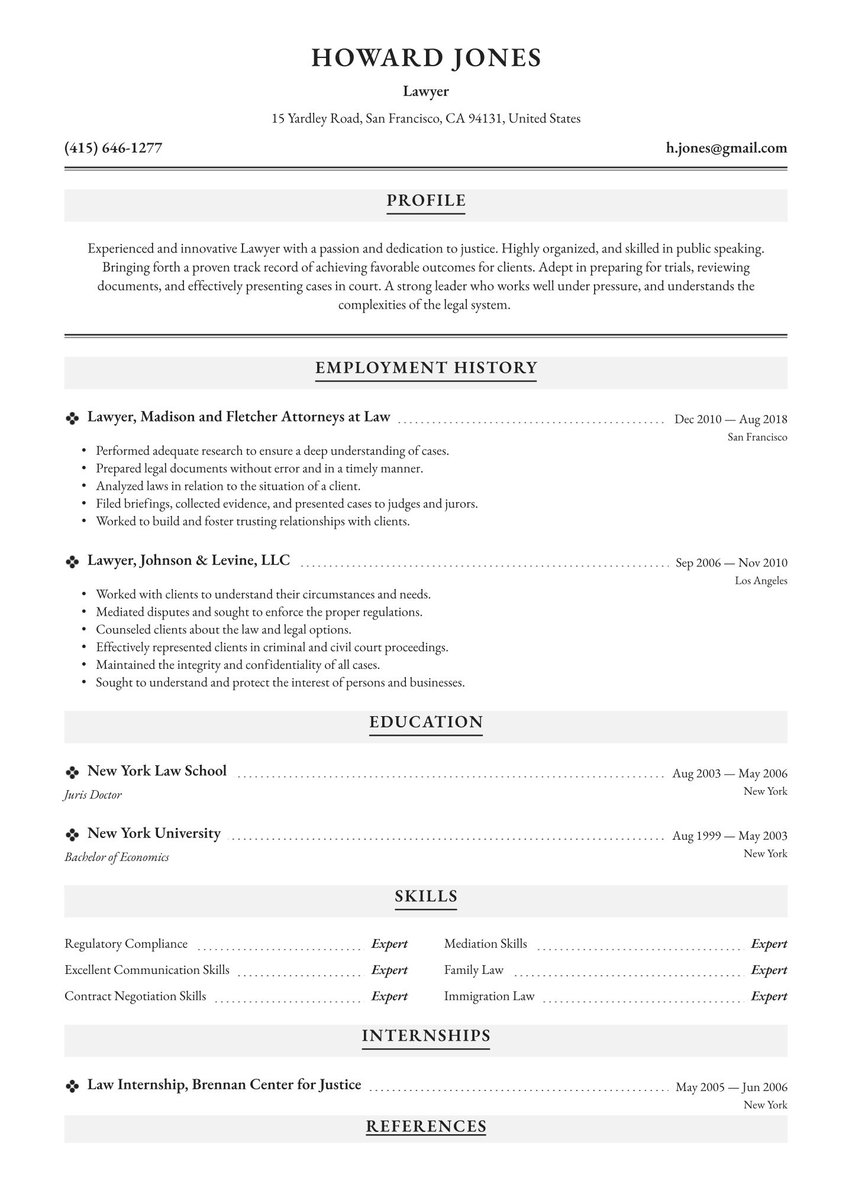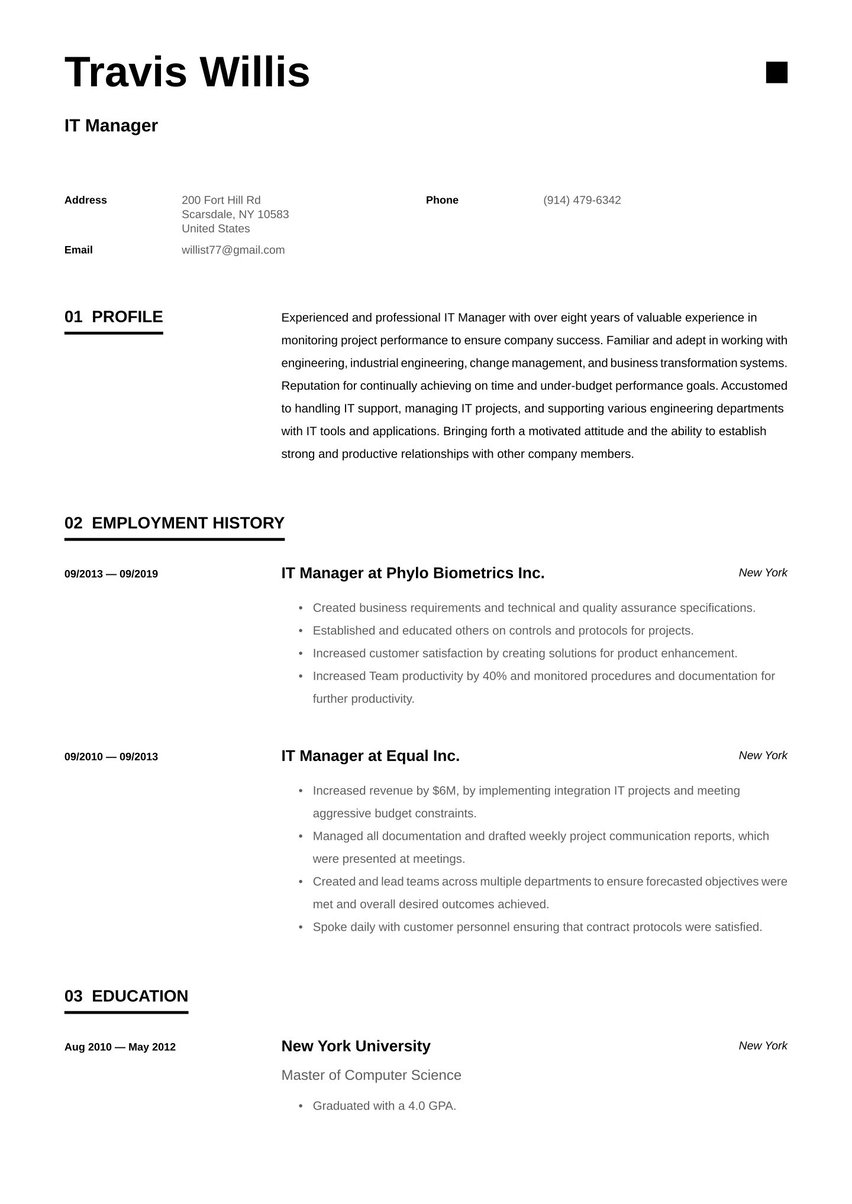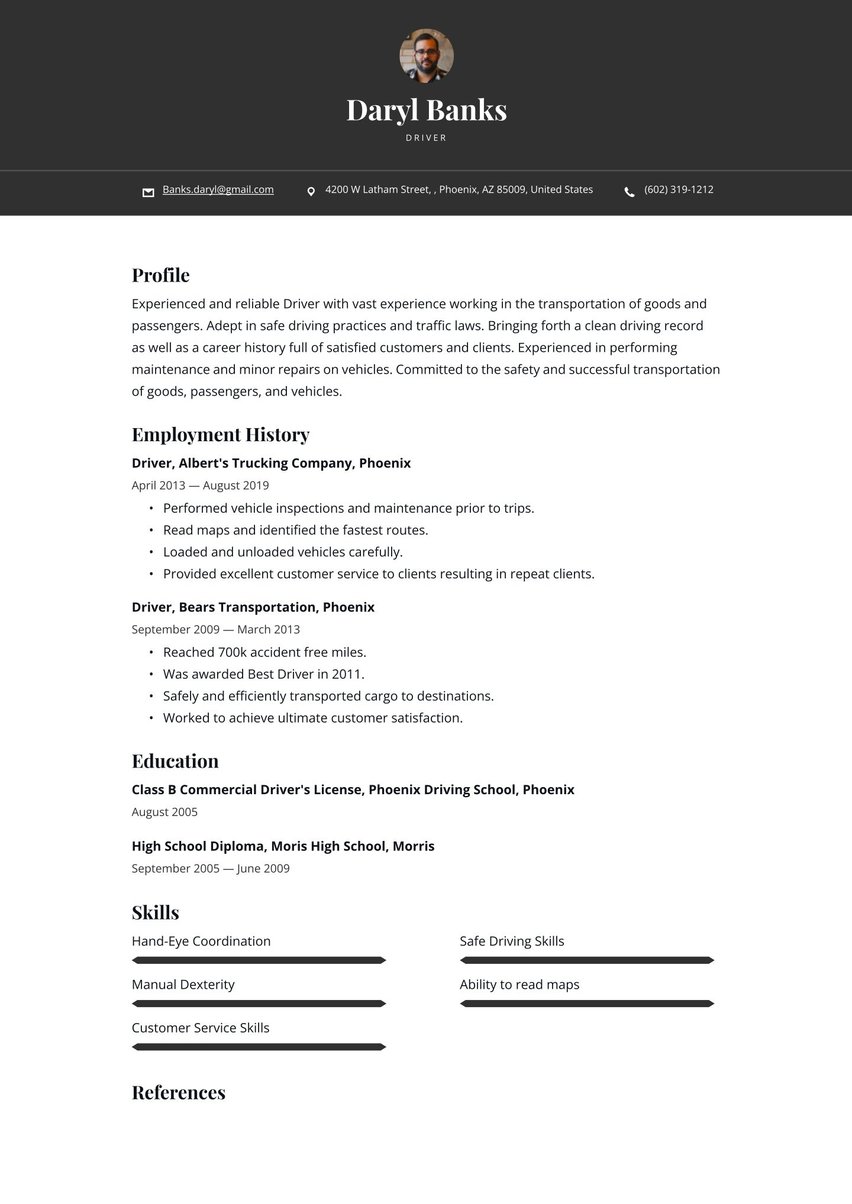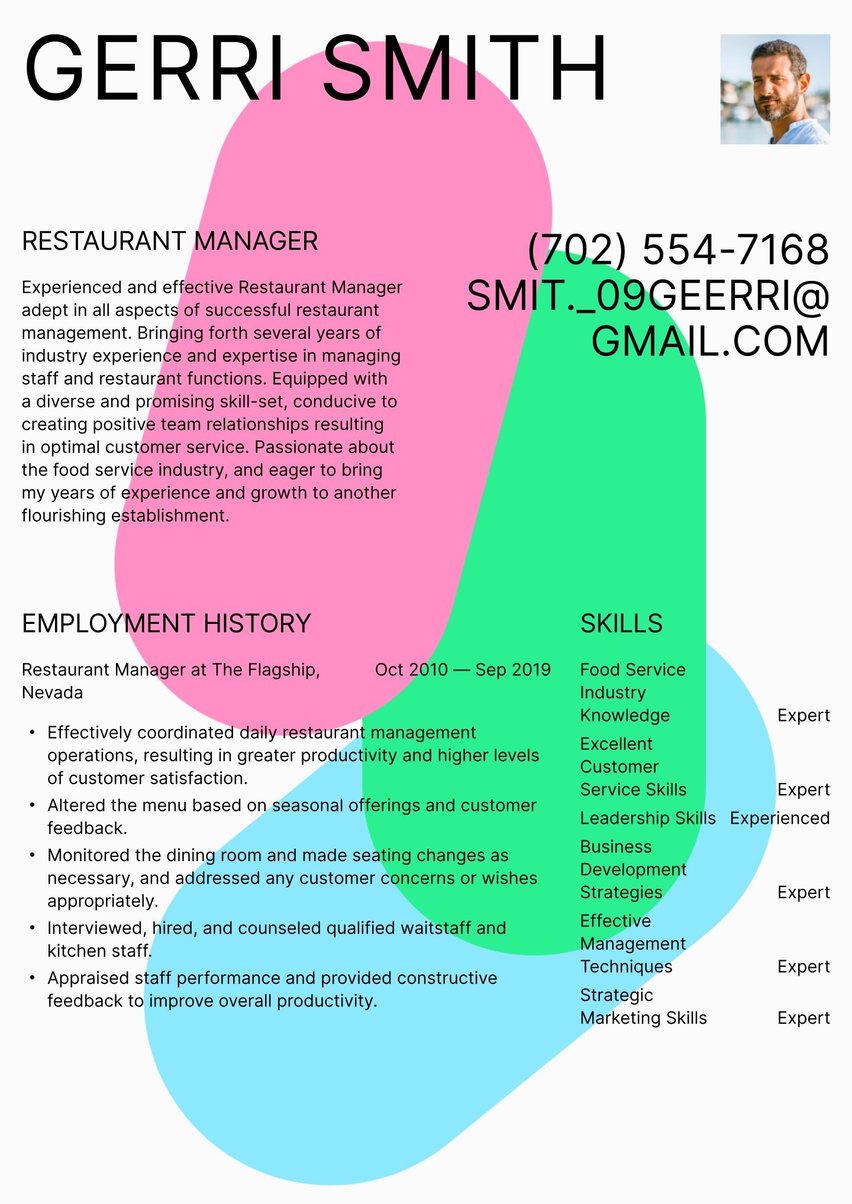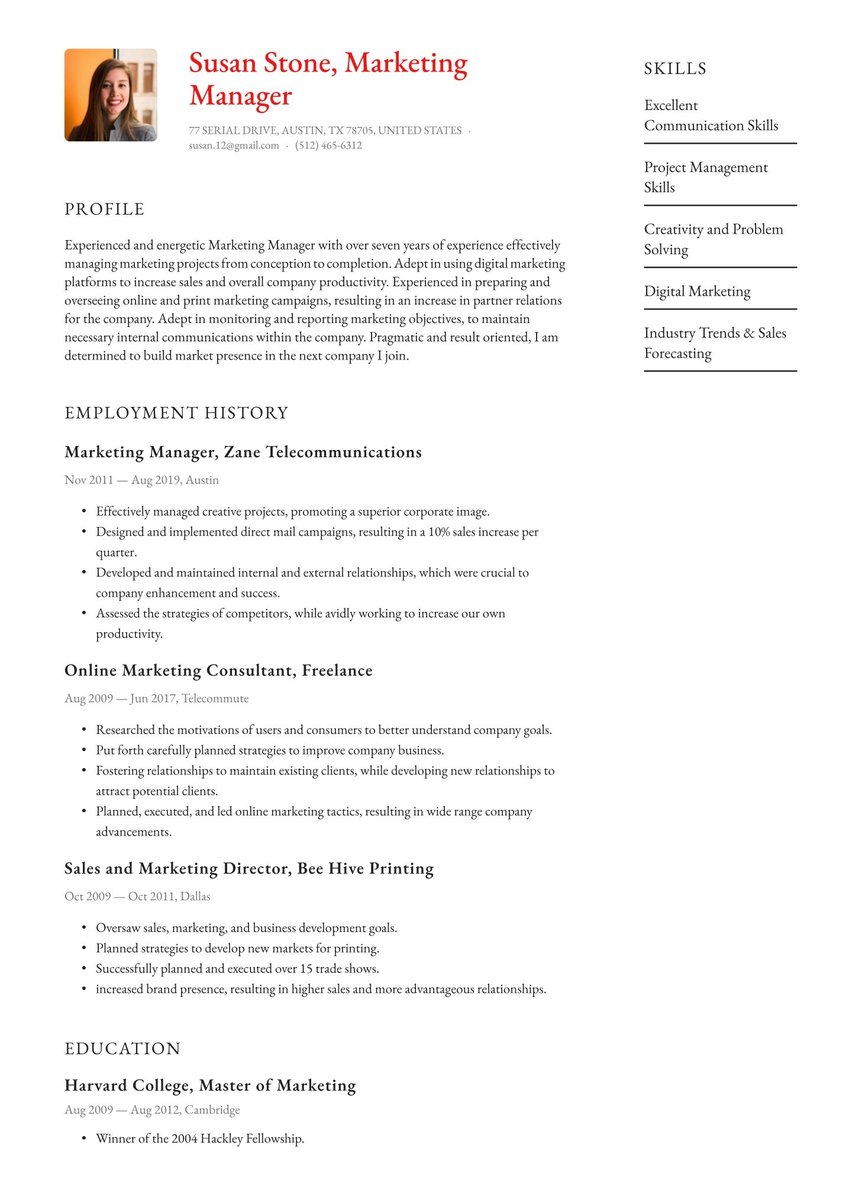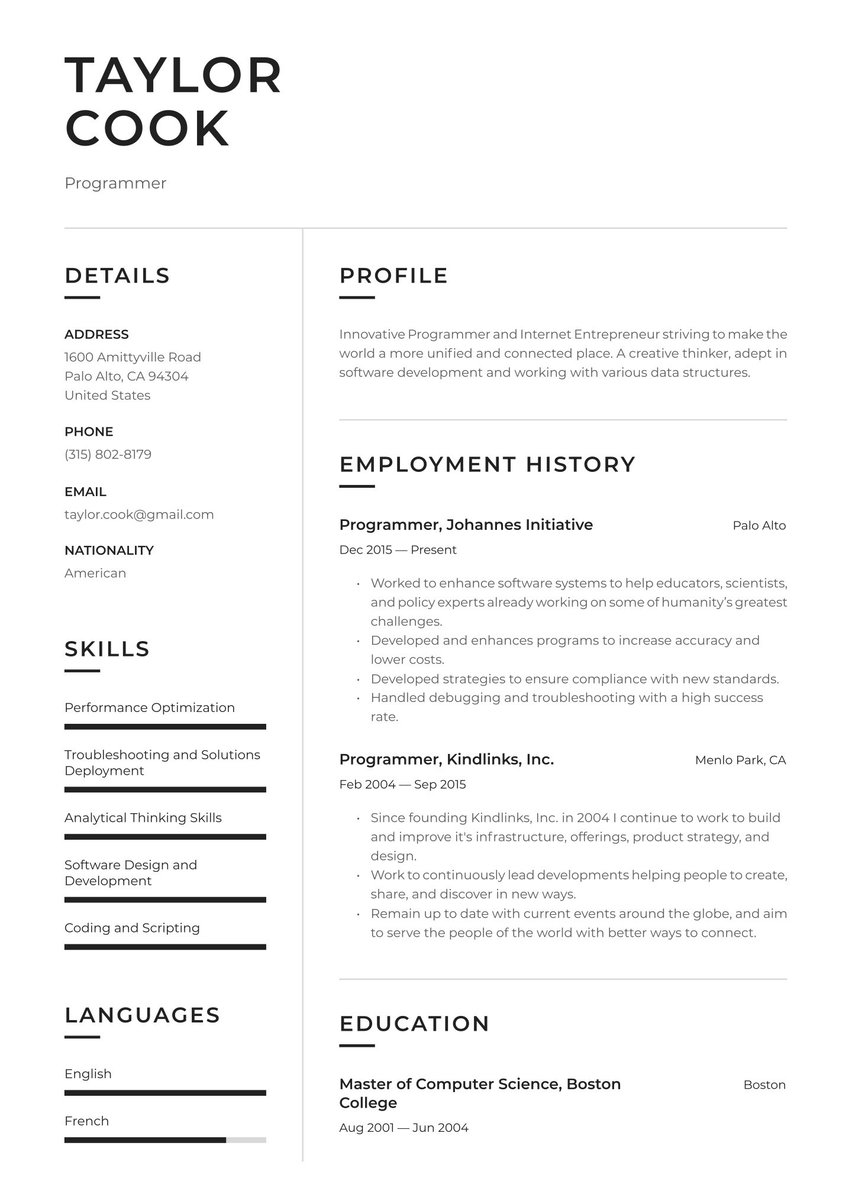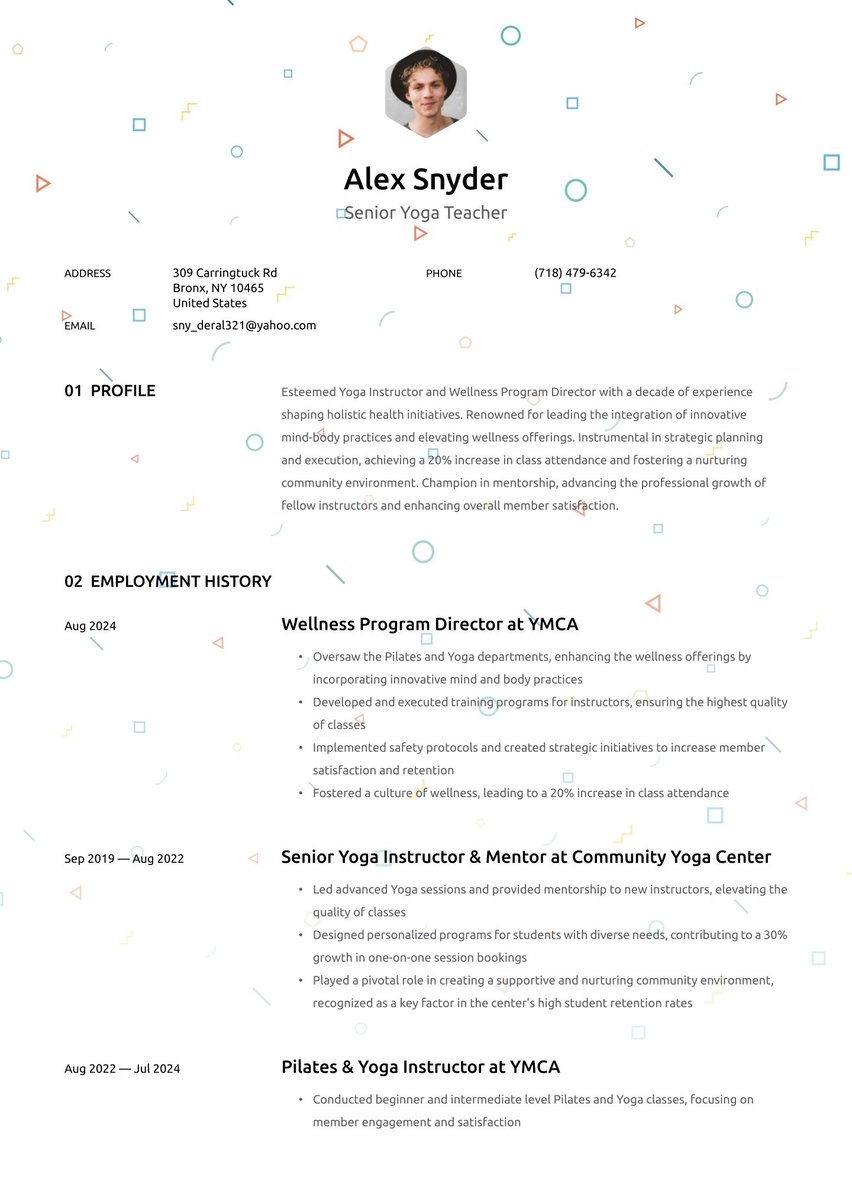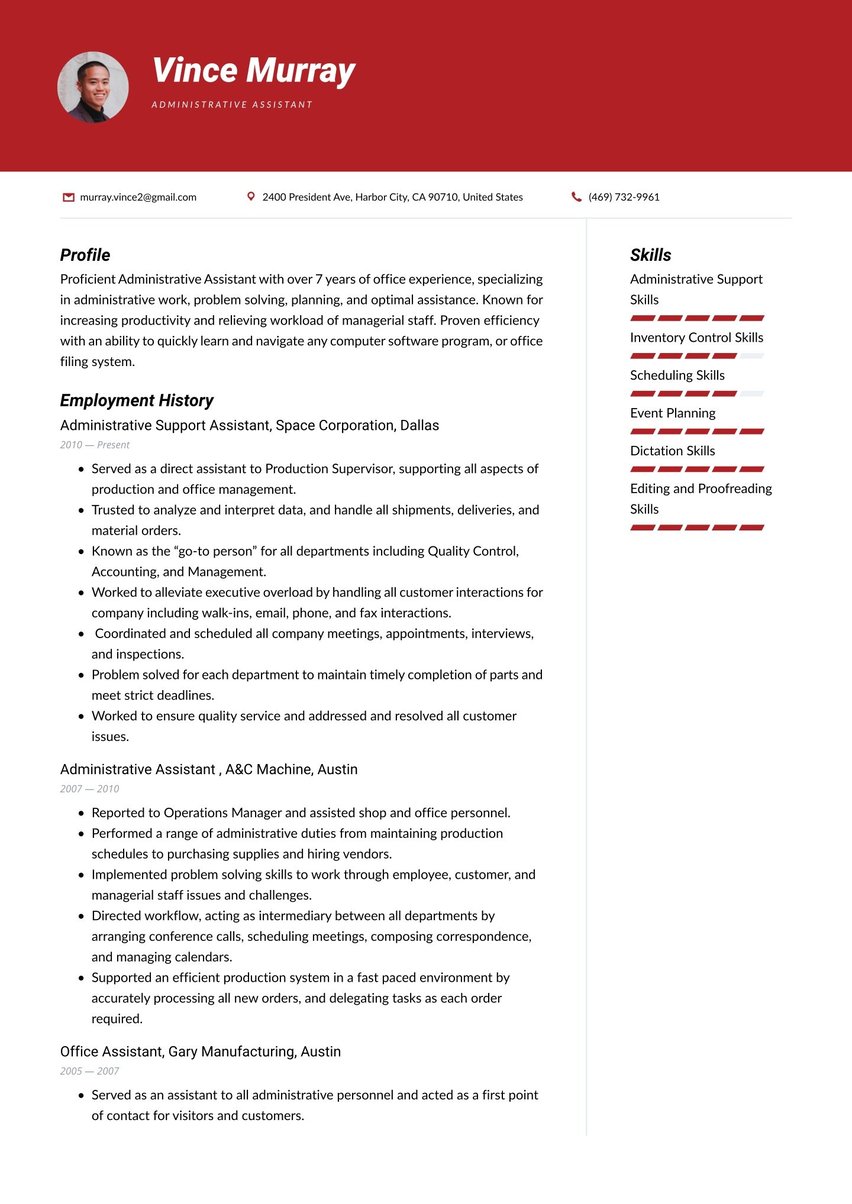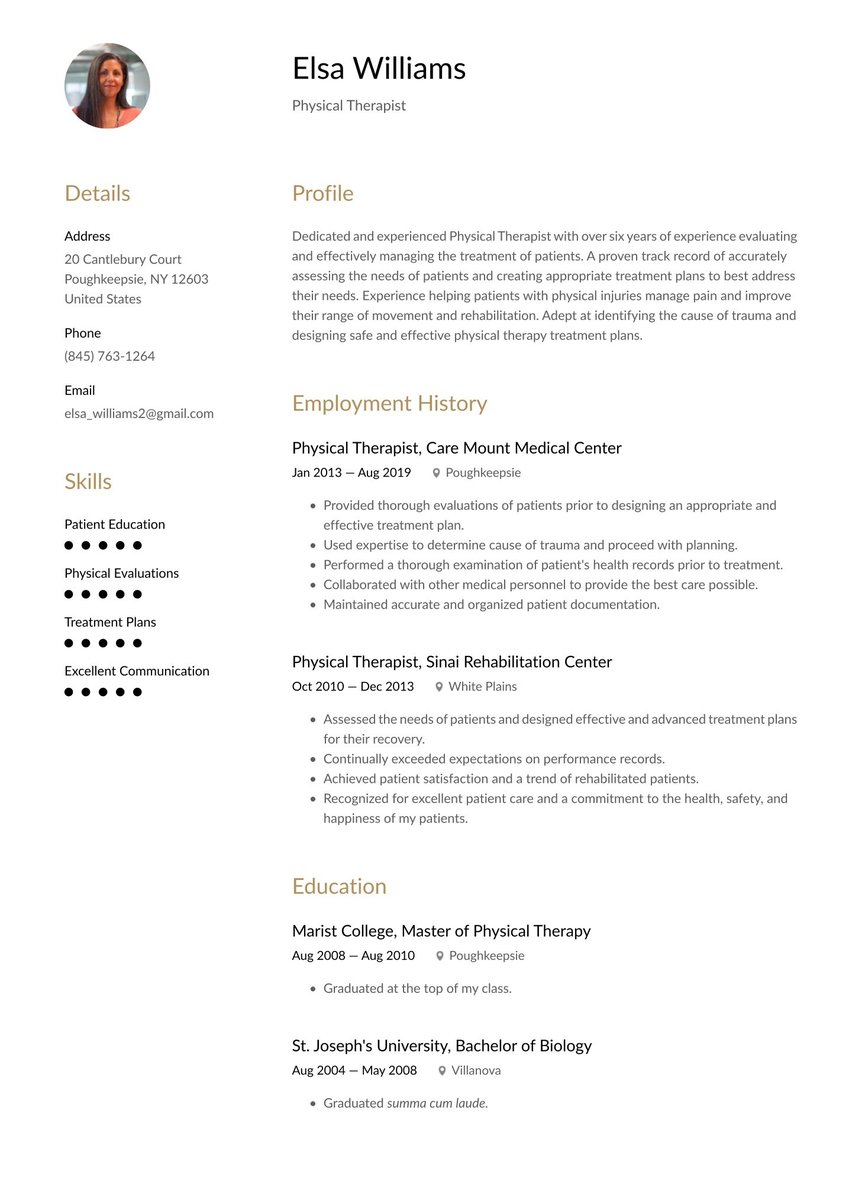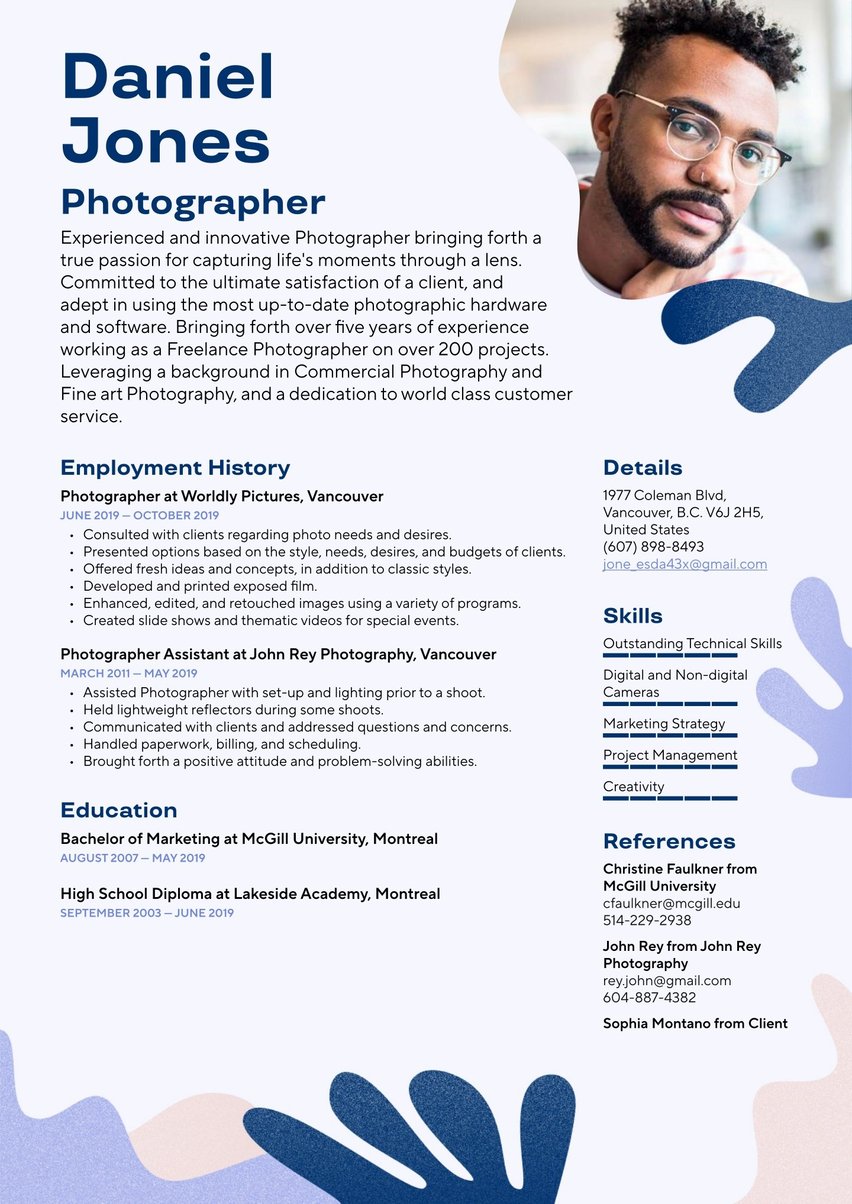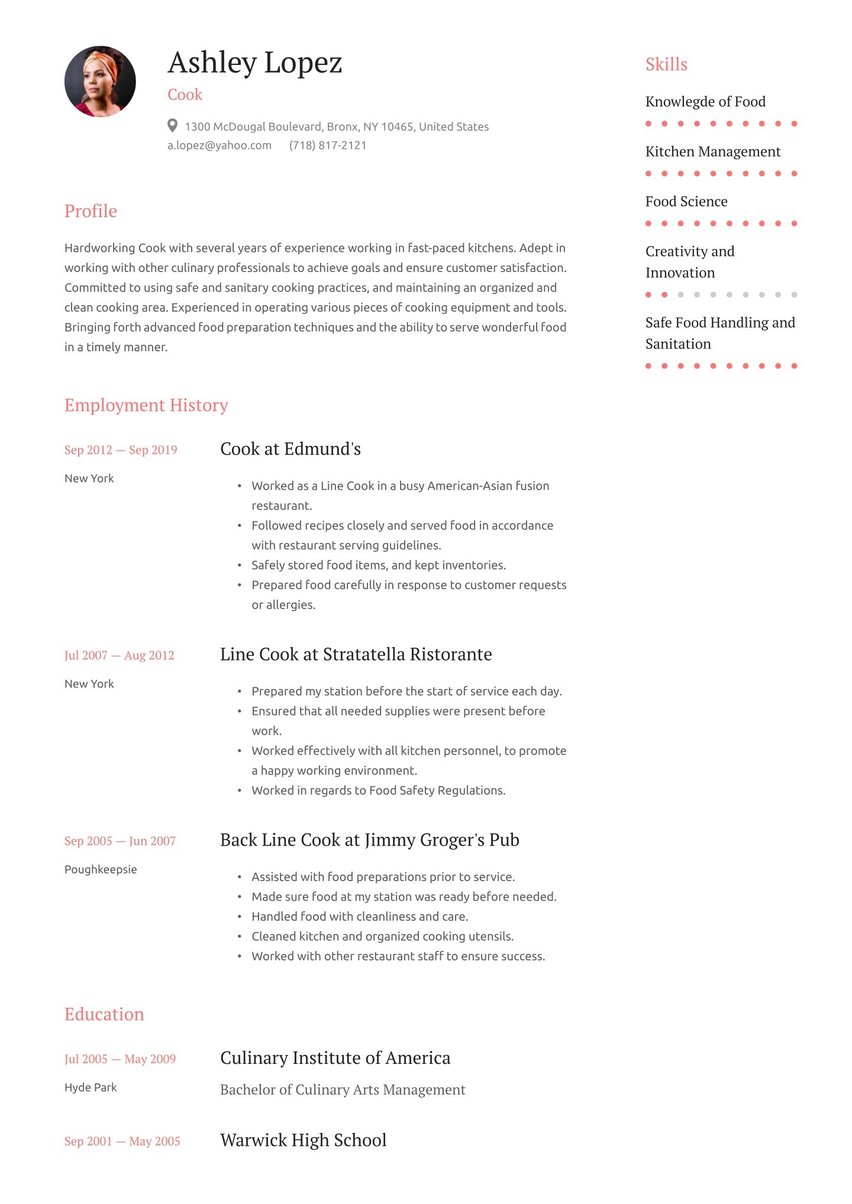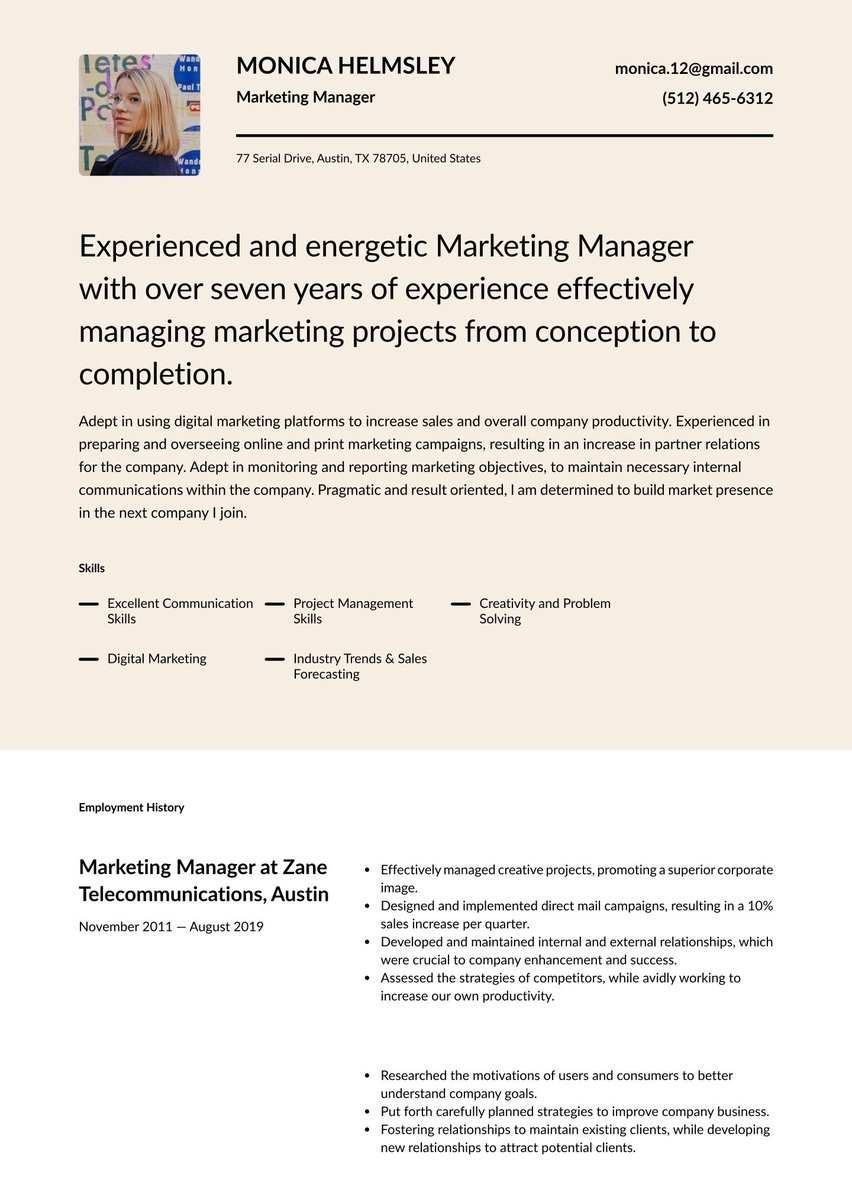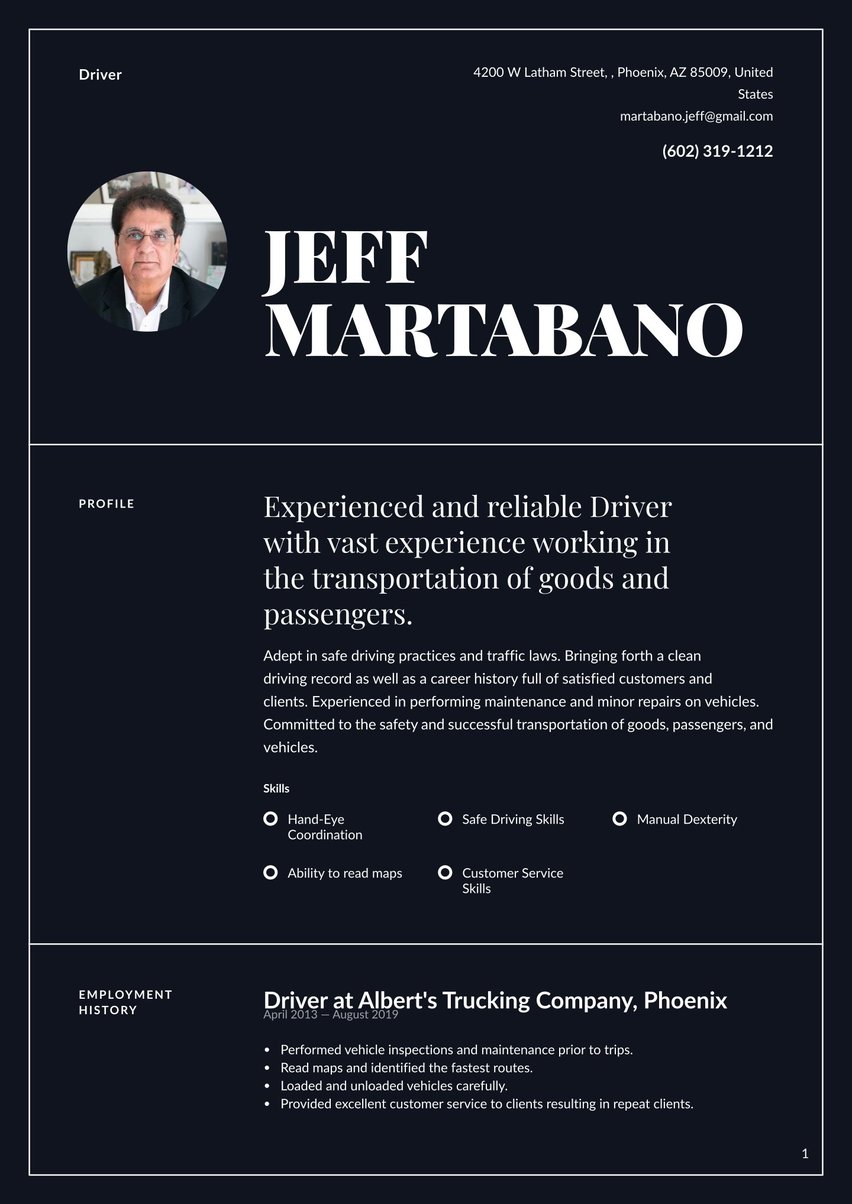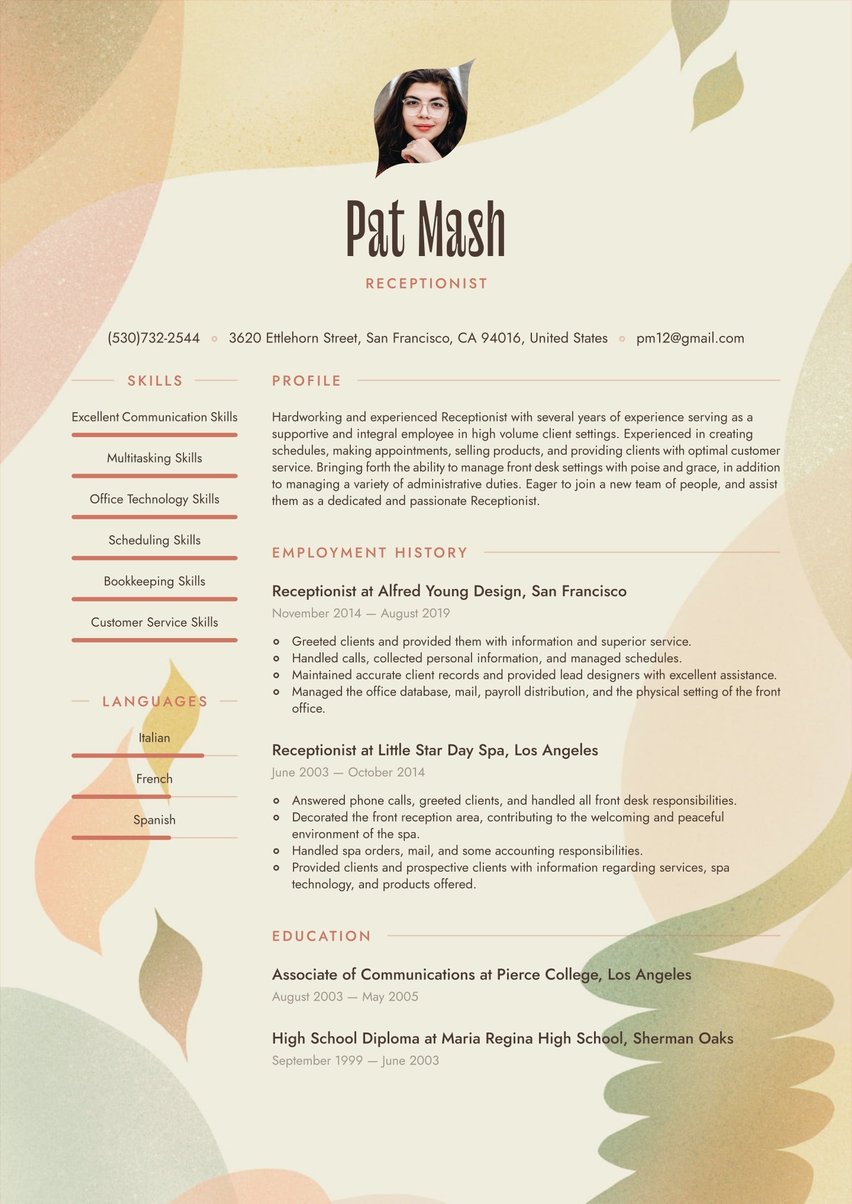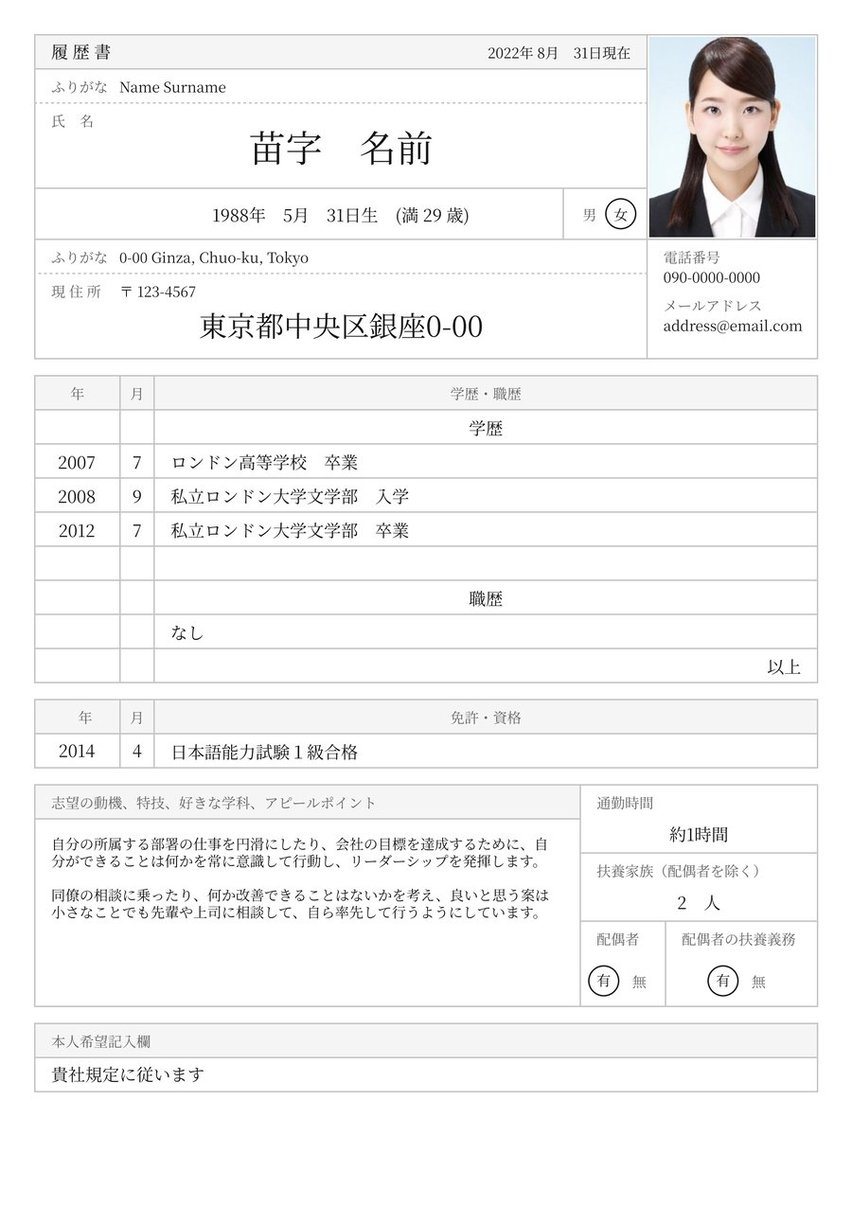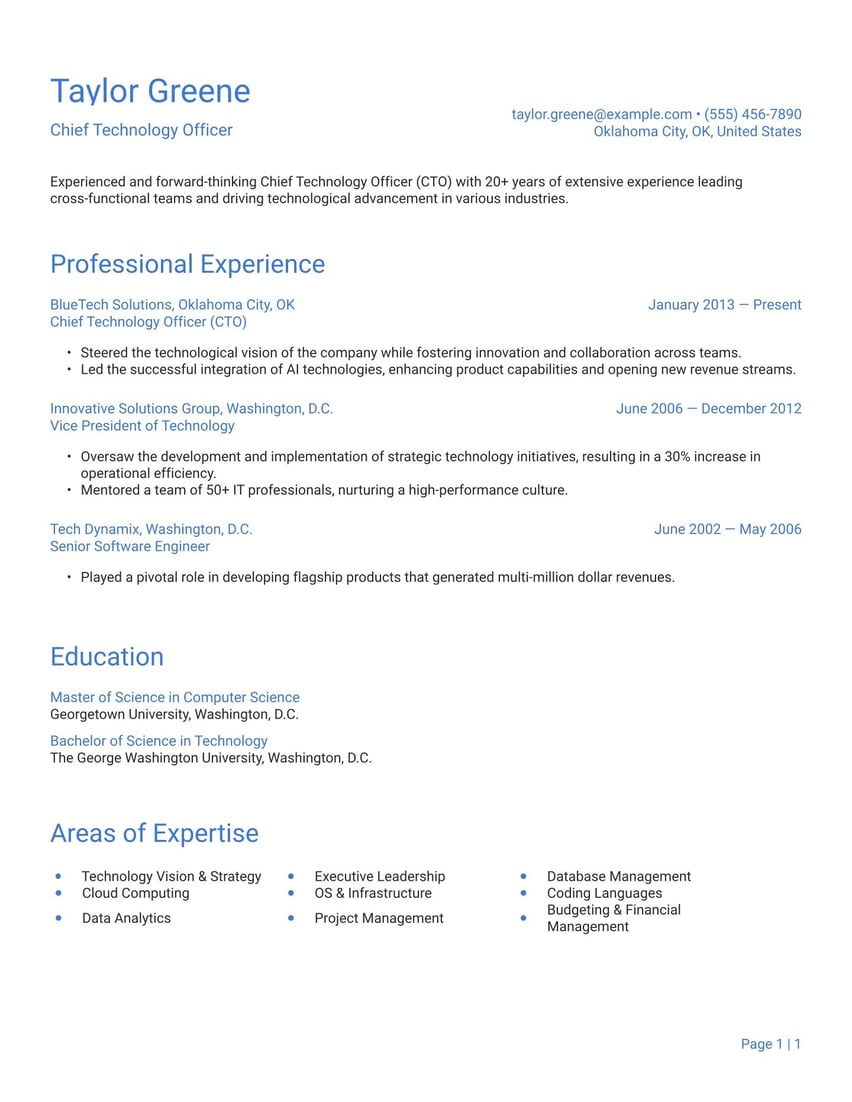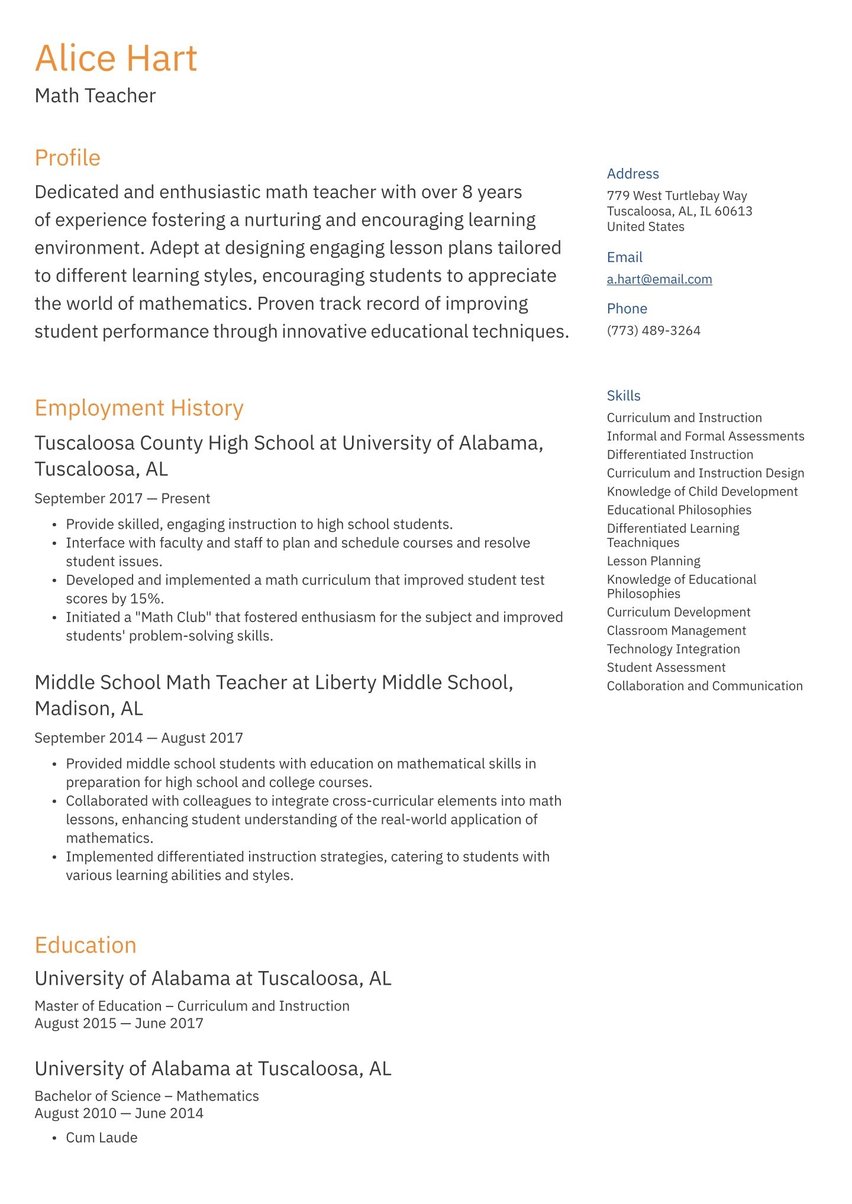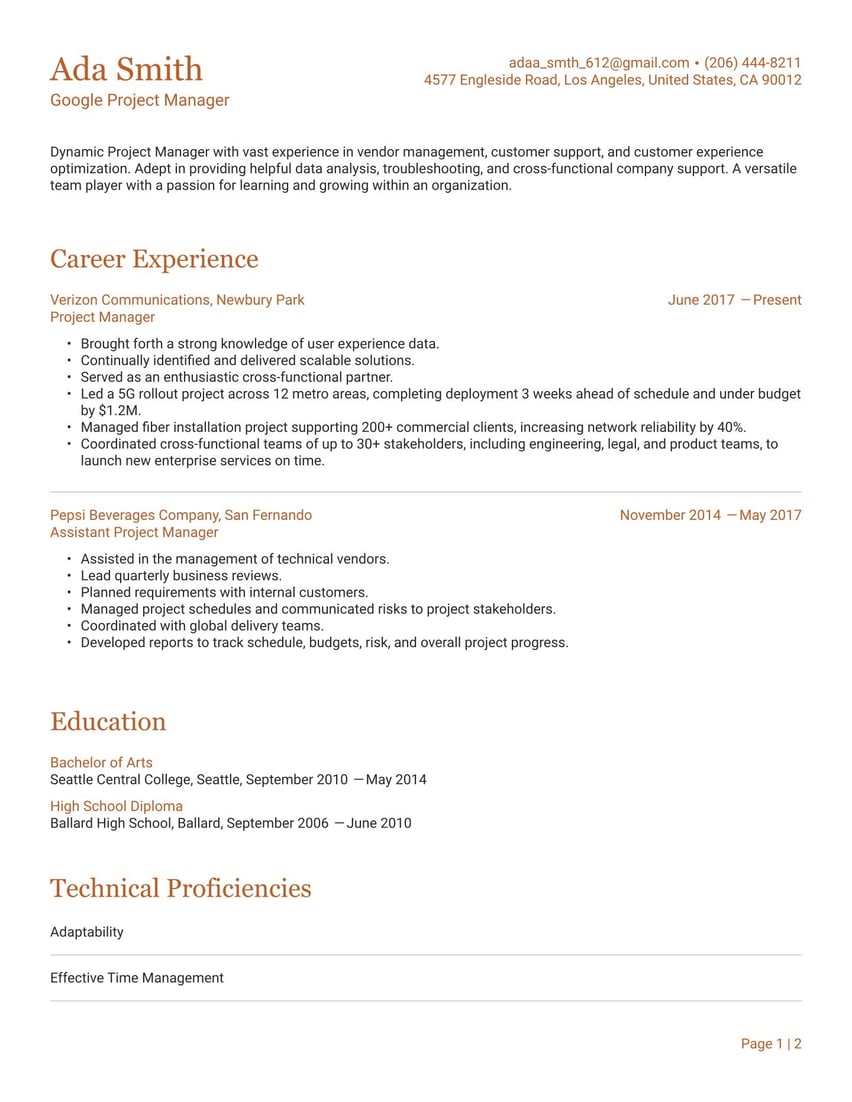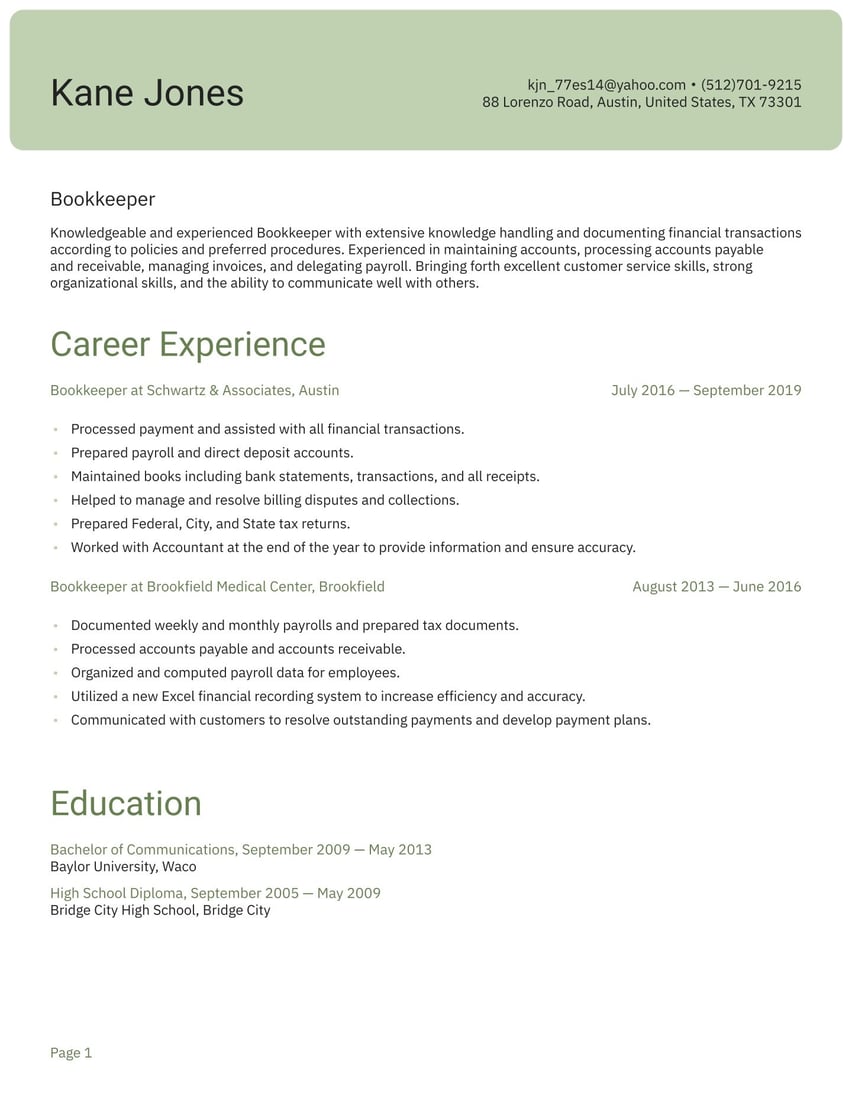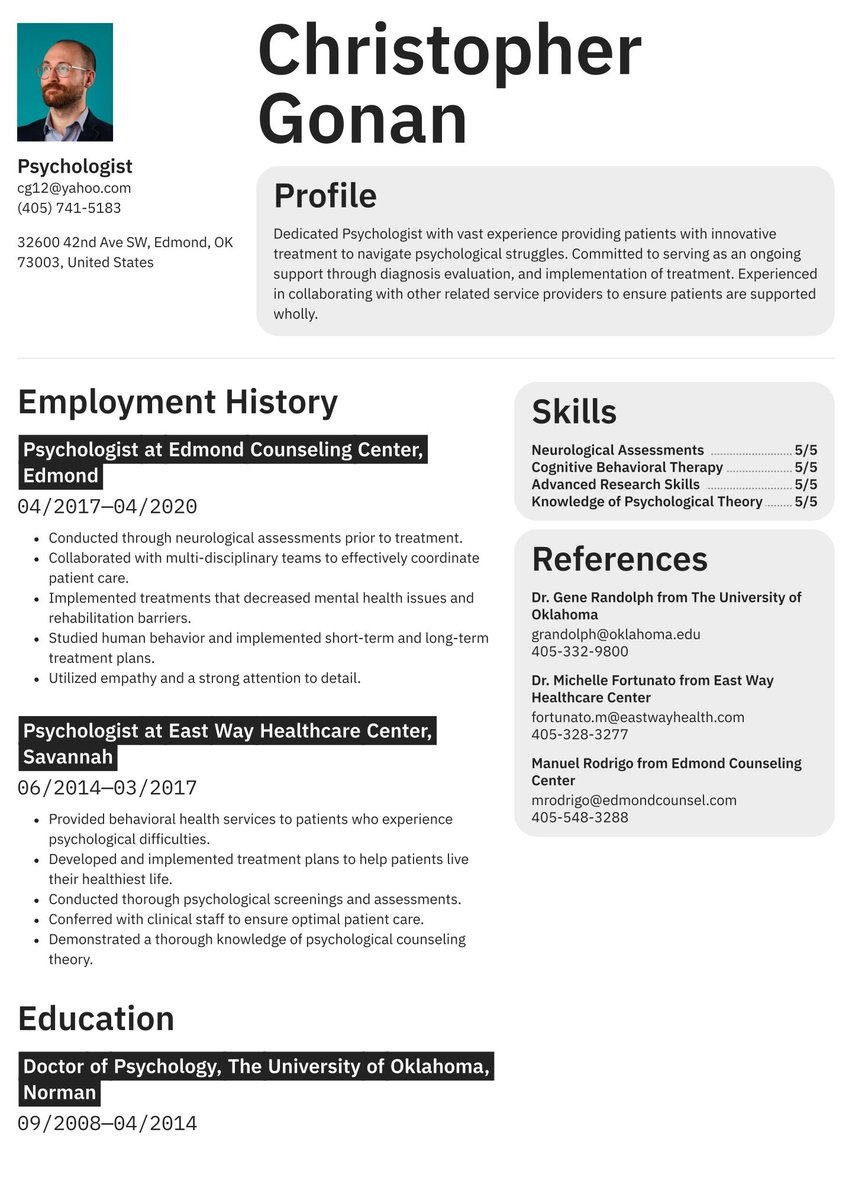FAA-certified Commercial Pilot and Aviation Professional with 8+ years of experience in commercial airline operations and flight instruction. Expertise in flight operations, crew resource management, and aviation safety protocols. Demonstrated leadership skills with excellent communication abilities and a commitment to maintaining the highest standards of safety and professionalism. Seeking to leverage extensive aviation background to contribute to operational excellence within a leading airline or aviation organization.
06/2019 - present, First officer, Delta Air Lines, Atlanta
Operate Boeing 737 aircraft as second-in-command on domestic and international routes
Conduct comprehensive pre-flight inspections and performance calculations to ensure operational safety
Collaborate with Captain and cabin crew to maintain highest standards of safety and customer service
Monitor aircraft systems, weather conditions, and flight parameters during all phases of flight
Participate in CRM (Crew Resource Management) to optimize teamwork and decision-making in the cockpit
03/2017 - 05/2019, Flight Instructor, ATP Flight School , Jacksonville
Provided comprehensive flight training to students pursuing Private, Commercial, and Instrument ratings
Conducted ground school instruction on aviation theory, regulations, and aircraft systems
Evaluated student progress and provided detailed feedback to improve performance
Created customized training plans to address individual learning styles and challenges
08/2015 - 02/2017, Regional first officer, SkyWest Airlines, Chicago
Operated Embraer E175 aircraft on regional routes as part of the United Express network
Assisted Captain with flight planning, weight and balance calculations, and pre-flight procedures
Monitored aircraft systems and fuel consumption during flight
Maintained situational awareness and provided inputs for decision-making
- 01/2015, Bachelor of Science in Aeronautical Science, Embry-Riddle Aeronautical University , Daytona Beach
- Communication
- Adaptability
- Problem Solving
- Leadership
- Ability to Work Under Pressure
- present, FAA Commercial Pilot License,
- present, FAA Certified Flight Instructor,
- present, First Class Medical Certificate,
Your aviation resume is your clearance for takeoff in the job market. A strong, persuasive resume can help you land interviews and take your career to new heights.
A vague, generic, or outdated resume can keep your application grounded. To take flight, you need a well-written aviation resume that highlights your skills, experience, and certifications. Your resume should show employers what you can do—both in the air and on the ground.
If you’re ready for departure, we’ll show you how to create a powerful aviation resume template that launches your next career move.
Guide for an aviation resume example
Build a resume that soars with resume.io. We have writing guides and resume examples for over 500 professions. With our easy-to-use resume builder, you can craft a professional resume in no time.
This step-by-step writing guide and our aviation resume example will go over these topics:
- How to write an aviation resume
- The best resume format for aviation professionals
- Listing your contact information
- How to write an impressive summary
- Adding your aviation experience
- Including your education and relevant skills
- How to select the right resume design and layout
- A job outlook for the aviation market and what salary you can earn
How to write an aviation resume
Before you start writing your resume, you should know what information to include. From aerospace engineers to airline pilots, every aviation resume should have these sections:
- A resume header
- A resume summary or profile statement
- An employment history section
- A resume skills section
- An education section
Your resume is a marketing tool that you can use to sell your skills, experience, and achievements to prospective employers. Similar to a pre-flight checklist, it needs to be clear and tailored to the mission of landing a job.
Follow these tips to write an impressive aviation resume:
- Know an employer’s needs. Review the job description to make sure that your resume addresses an employer’s needs. Does an airline need experienced pilots to expand its routes, or does a facility want to hire a certified aircraft mechanic with a meticulous safety record? On your resume, discuss how you can solve problems or add value for their teams.
- Focus on accomplishments, not duties. Hiring managers review many resumes, and they often see the same generic, task-related statements repeated over and over again. Distinguish yourself from the competition by focusing on the outcomes and achievements you’ve had in your aviation career.
- Include relevant keywords. Your resume needs to contain some relevant keywords so that it can pass an applicant tracking system (ATS). You can usually find these keywords listed in the job description. Some examples might include “flight operations” or “aviation safety protocols.”
Make your resume ATS-friendly
Many employers will use ATS software to scan resumes automatically for certain words and phrases. By including keywords, your resume has a better chance of making it through to the next stage.
For example, let’s say you’re applying for an aviation job that mentions these keywords in the listing:
- Friendly airport ramp agent
- Customer service experience
- Team-oriented mindset
- Excellent communication skills
Here’s how you could incorporate those keywords into your professional summary:
Dependable and friendly airport ramp agent with over two years of experience providing exceptional customer service for passengers on a high-traffic airline. Known for supporting other crew members with a team-oriented mindset and excellent communication skills.
For more guidance, read our article on resume ATS optimization.
Choosing the right format for an aviation resume
Your resume should be organized and precise, like the qualities you need to work in the industry. The best resume format for most aviation professionals is the reverse-chronological format.
A reverse-chronological resume lists your work history in reverse order, showcasing your most recent experience at the top. Most hiring managers are familiar with this format, and it’s highly compatible with ATS software. Choose a reverse-chronological resume if you can show a steady work history and career growth in the aviation field.
If you’re beginning your career or returning to the industry after a break, another resume format may be a better choice. For those transitioning into the aviation field, consider a functional format, which places more importance on your transferable skills than your past employment.
New graduates or those with employment gaps may also do well with a combination (or hybrid) resume. This format contains elements of the other two types. It’s a good option if you want to showcase your work history and skills equally.
You can choose the right format for your experience and skills when using the resume templates in our resume builder. For more guidance, you can also view versions of all three formats by exploring our resume examples.
Include your contact information
In order to achieve your goal of getting an interview, recruiters and hiring managers need to know how to contact you. Your resume header, located at the top of your aviation resume, should clearly list your contact information.
This resume header should include your:
- Full name and title. Use your full name and the title of the job you’re applying for, such as “Flight Attendant” or “Aerospace Engineer.”
- Professional email address. Give prospective employers a professional email address that uses a combination of your name or initials, such as firstname_lastname@email.com.
- Phone number. Provide the best phone number to reach you. Don’t forget to record a professional greeting if a recruiter gets your voicemail.
- Location. You only need to provide your city and state, not your full street address. If you’re applying for jobs in different areas, write " willing to relocate.”
- LinkedIn. Your header can also link to your LinkedIn profile, as long as it’s complete and up to date.
You should not include your:
- Date of birth. Don’t provide your birthday or age on your resume, since this can lead to potential age discrimination.
- Personal details. You don’t need to include personal details, like your marital status or passport number.
- Photo or headshot. A photo takes up valuable space and isn’t relevant to your qualifications, so don’t include one on your resume.
Tiffany Jones
Flight Attendant
t.jones@email.com
(406) 555-3187
Bozeman, MT (Willing to Relocate)
linkedin.com/tjones
Tiffany Jones
Rockstar Crew Member
adventure.seeker79342@email.com
(406) 555-3187
Location: In the Clouds
Passport number: X12345678
Make use of a resume summary
When you first introduce yourself to fellow crew members or passengers, you want to make a good impression. In the same way, a resume summary is your first opportunity to impress prospective employers. It should highlight your biggest strengths and achievements in the aviation field.
Write two to three sentences to introduce yourself to hiring managers. Use descriptive language and strong action verbs, such as “developed,” “implemented,” or “piloted.” If possible, include the measurable results of your past work, which can help grab a hiring manager’s attention.
In your summary, think carefully about the skills, experience, and accomplishments you can mention to set your resume apart from other aviation professionals. Have you maintained a perfect safety record on the job, or designed a system to minimize flight delays? Put these achievements at the top of your aviation resume so that a recruiter can’t miss them.
Not only does the resume summary introduce yourself to employers, but it also sets the tone for the rest of your aviation resume. Make sure that it clearly reflects the image you want to portray, whether you’re a reliable mechanic with excellent problem-solving skills or a detail-oriented air traffic controller who remains calm under pressure.
Want more ideas for your summary? Take a look at these related aviation resume examples:
You can also find adaptable summaries from entry, mid-level, and experienced aviation resume examples below:
Driven and determined aircraft maintenance technician with hands-on experience in aircraft maintenance and repair. Proven ability to solve problems quickly under pressure and adhere to safety protocols. Eager to contribute technical skills to an aviation team.
FAA-certified commercial pilot and aviation professional with 8+ years of experience in commercial airline operations and flight instruction. Expertise in flight operations, crew resource management, and aviation safety protocols. Demonstrated leadership skills with excellent communication abilities and a commitment to maintaining the highest standards of safety and professionalism. Seeking to leverage extensive aviation background to contribute to operational excellence within a leading airline or aviation organization.
Diligent air traffic controller with 15 years of experience managing airspace in high-traffic control centers. Expertise in maintaining safety standards and coordinating safe, efficient aircraft movements during peak operations. Recognized for precision, communication, and 100% adherence to FAA safety protocols.
Outline your aviation work experience: log your career path
Explain how your career took flight in your work experience section. List your professional experience, beginning with your most recent position. Provide all of the aviation jobs you’ve held in the last 10 to 15 years. If you have more experience, include your older jobs in another section called “Other Experience.”
Each job on your resume should have your title, employer’s name, and the dates you worked in the position. Write bullet points to describe your time in each role, focusing heavily on the accomplishments you had or the results you achieved.
Popular aviation jobs can attract many candidates, and your resume bullet points can help you stand out from the crowd. By writing results-oriented statements, you can show employers that you’re someone who makes a difference on a flight crew or aviation team.
For example, here are some generic, task-focused bullet points you may see on many aviation resumes:
- “Conducted maintenance checks on aircraft systems.”
- “Operated ground support equipment.”
- “Recorded flight logs in databases.”
While these bullet points show that you can handle responsibilities, they don’t provide insight into your value as a team member. Now let’s look at reworked versions of those bullet points that focus more on outcomes:
- “Conducted maintenance checks that contributed to a 96% on-time departure rate over six months.”
- “Improved turnaround operations through efficient ground support, reducing average ground time by 14%.”
- “Recorded over 1,500 flight entries in database systems to maintain documentation compliance with a 99% accuracy rate.”
A hiring manager won’t read bullet points like these on every aviation resume. Take the time to be specific and outline your notable achievements in past roles. As you can see in these examples, quantifiable metrics can also go a long way toward proving your impact on the job.
Review the aviation resume example of an employment history section below:
First officer at Delta Air Lines, Atlanta
June 2019 - Present
- Operate Boeing 737 aircraft as second-in-command on domestic and international routes
- Conduct comprehensive pre-flight inspections and performance calculations to ensure operational safety
- Collaborate with Captain and cabin crew to maintain highest standards of safety and customer service
- Monitor aircraft systems, weather conditions, and flight parameters during all phases of flight
- Participate in CRM (Crew Resource Management) to optimize teamwork and decision-making in the cockpit
Flight Instructor at ATP Flight School , Jacksonville
March 2017 - May 2019
- Provided comprehensive flight training to students pursuing Private, Commercial, and Instrument ratings
- Conducted ground school instruction on aviation theory, regulations, and aircraft systems
- Evaluated student progress and provided detailed feedback to improve performance
- Created customized training plans to address individual learning styles and challenges
Regional first officer at SkyWest Airlines, Chicago
August 2015 - February 2017
- Operated Embraer E175 aircraft on regional routes as part of the United Express network
- Assisted Captain with flight planning, weight and balance calculations, and pre-flight procedures
- Monitored aircraft systems and fuel consumption during flight
How to write an aviation resume with no experience
Applying for your first job in the aviation industry? Your resume should highlight your transferable skills, relevant education, and passion for aviation.
Start by describing the coursework, certifications, or training programs you’ve completed. For example, an aviation safety certification or a flight training fundamentals course should go near the top of your resume.
Your first resume for an aviation job should also focus on the transferable skills you can bring to a new role. These skills are the ones you’ve gained from other jobs or activities. For example, a background in customer service can serve you well in your first job as a flight attendant or crew member.
Above all else, your passion for the aviation industry should shine through on your resume, especially when you have no experience. In your resume summary, explain why you’re pursuing the role or making a career change. You can even mention relevant hobbies, such as flight simulation, to show your interest in the field.
Include your key skills relevant for an aviation resume
Whether you’re a commercial pilot, an air traffic controller, or an aircraft technician, your resume needs to showcase both the hard and soft skills you use to do your job well.
Hard skills are the technical abilities you’ve learned through training or on-the-job experience. Some hard skills for an aviation resume may include aircraft maintenance, cockpit operations, and FAA compliance. These skills show an employer that you can manage the demands and responsibilities of the role.
Soft skills, on the other hand, are the ones you use naturally in your interactions with others. These skills may include traits like communication, attention to detail, and decision making. Soft skills are useful to have in all aviation jobs, so it’s worth including a few on your resume.
In our resume builder, you can choose from different pre-written skills and mark your proficiency level in each one. The builder also allows you to write in other skills you want to include.
Here’s what the skills section looks like in our aviation resume example:
- Communication
- Adaptability
- Problem Solving
- Leadership
- Ability to Work Under Pressure
This section isn’t the only place where you should mention your skills, however. Incorporate your skills throughout your aviation resume by highlighting times when you’ve used them successfully.
For example, you can showcase these skills in your resume summary and work experience sections:
- Leadership skills. Explain how you lead or collaborate with crew members to improve efficiency or safety outcomes.
- Technical proficiency. Describe your role in inspecting, repairing, navigating, or operating aircraft systems with adherence to regulations.
- Communication skills. Detail how you coordinate with flight crews, ground staff, or control towers for safe, smooth operations.
If you’re hesitant about what skills to include, read through the job description again. Most employers will outline the required or preferred skills for the role. Your resume should contain the same or similar skills to show that you have what they’re looking for.
Detail your education & relevant aviation certifications
Aviation is a heavily regulated industry, so employers will look at your education section to make sure that you have the right credentials. In this section, describe your formal education, licensure (if applicable), and ongoing professional development.
Like your work experience section, outline your education in reverse order, beginning with your highest degree. Include your field of study and the name of the school you attended. If you’ve recently graduated, you can also list your graduation date.
Your education section can also contain these details:
- Workshops and training. If you’ve completed courses or workshops relevant to aviation, such as a flight safety course, you can include that training here.
- Certifications and licenses. For aviation roles that require licensure, such as a pilot, list your license information. You can also include relevant certifications, such as an Airframe and Powerplant (A&P) certificate.
- Professional development. List your memberships in relevant organizations, like the National Business Aviation Association. This type of development shows your commitment to the aviation industry.
Bachelor of Science in Aeronautical Science, Embry-Riddle Aeronautical University , Daytona Beach
2015
Pick the right layout & design for an aviation resume
When a prospective employer picks up your aviation resume, the resume design is the first thing they’ll notice. Choose a clean, organized, and efficient layout that complements the qualifications you want to convey.
Hiring managers may only spend a few seconds with your resume, so make sure that they can find key information quickly. Your aviation resume template should have distinct sections for your experience, education, and skills, with plenty of white space in between. Use bullet points to make it easy for a recruiter to scan your resume quickly.
Choose a professional font for your resume, such as Arial or Calibri. Avoid unnecessary embellishments, such as flashy graphics or excessive color, that can distract employers from your resume’s content.
Write concisely and keep your resume to one page, if possible. Those with many years of aviation experience may need a second page to expand on all of their qualifications.
Don’t get stuck on autopilot when writing your resume. With resume.io, you can use our ATS-optimized resume templates to handle the heavy lifting of formatting and structuring your aviation resume.
Aviation job market & outlook
The job market opportunity you can expect largely depends on the aviation role you’re pursuing. Some roles, like flight attendants and aviation maintenance technicians, are currently experiencing a significant increase in demand.
- Employment of flight attendants is projected to grow 10% by 2033, much faster than the average rate of growth among all occupations.
- By 2033, there could be as many as 160,900 aircraft pilots and flight engineers working in the United States.
- A 2024 pipeline report anticipates a 20% decrease in aviation maintenance technicians by 2028, creating a huge need for new professionals to enter the field.
What type of salary you can expect as an aviation professional
The salary you earn in the aviation industry will depend on your job title, location, and experience level. For example, flight attendants make an average of $67,130 per year, while commercial pilots earn an average annual salary of $122,670.
Key takeaways for building an aviation resume
Whether you’re applying to be an aircraft technician or a commercial airline pilot, your aviation resume needs to showcase your top skills, relevant experience, and career highlights. Customize your aviation resume template to the target job to position yourself as the top candidate. With a tailored, focused, and well-written resume, you’ll be well on your way to reaching new heights in your aviation career.
Kickstart your aviation job search with our resume builder and then take it up a notch with resume.io.
Discover 18 powerful tools to search for jobs, measure your progress, impress at interviews, and negotiate a fair salary, all within our comprehensive career toolkit.


